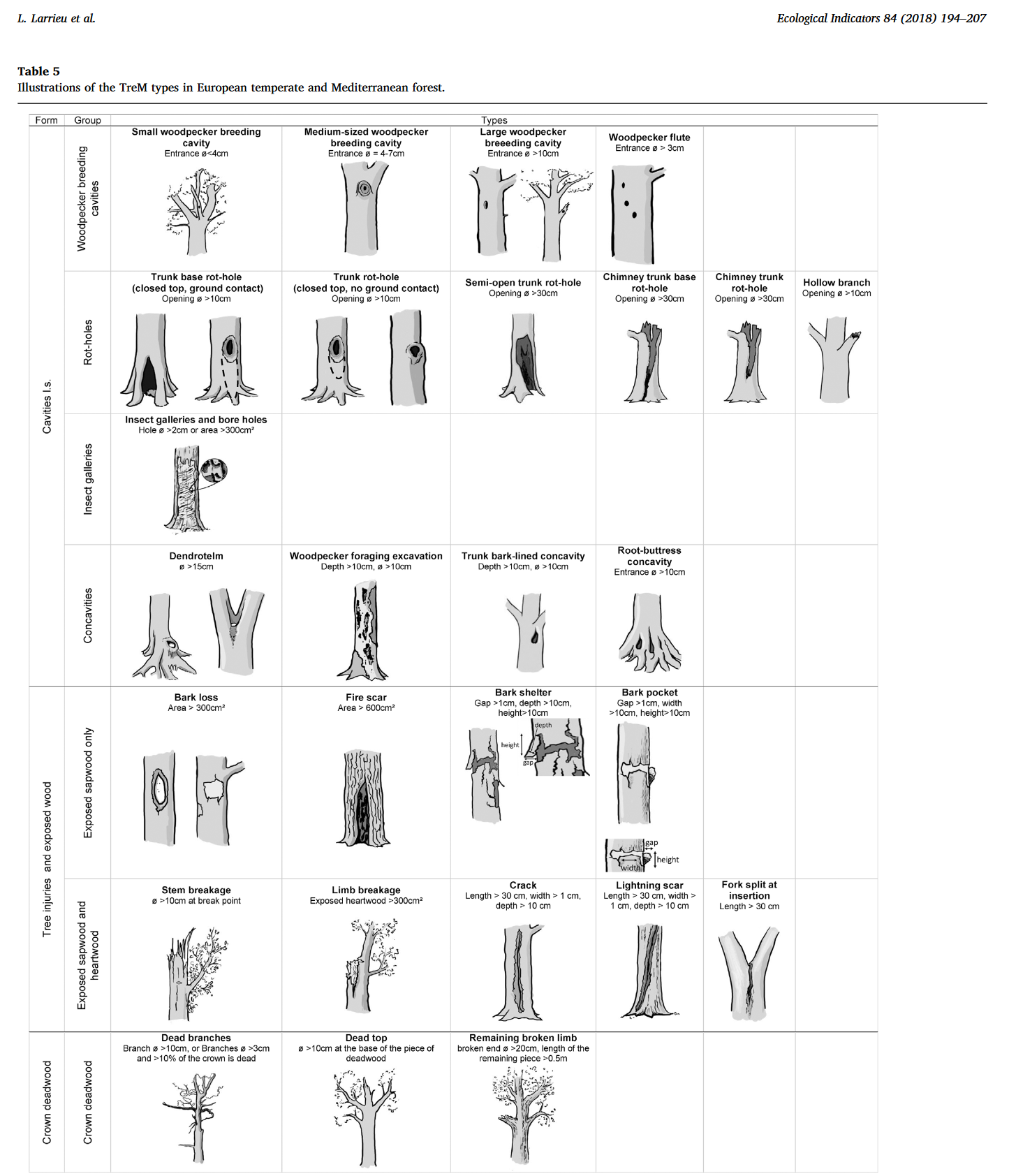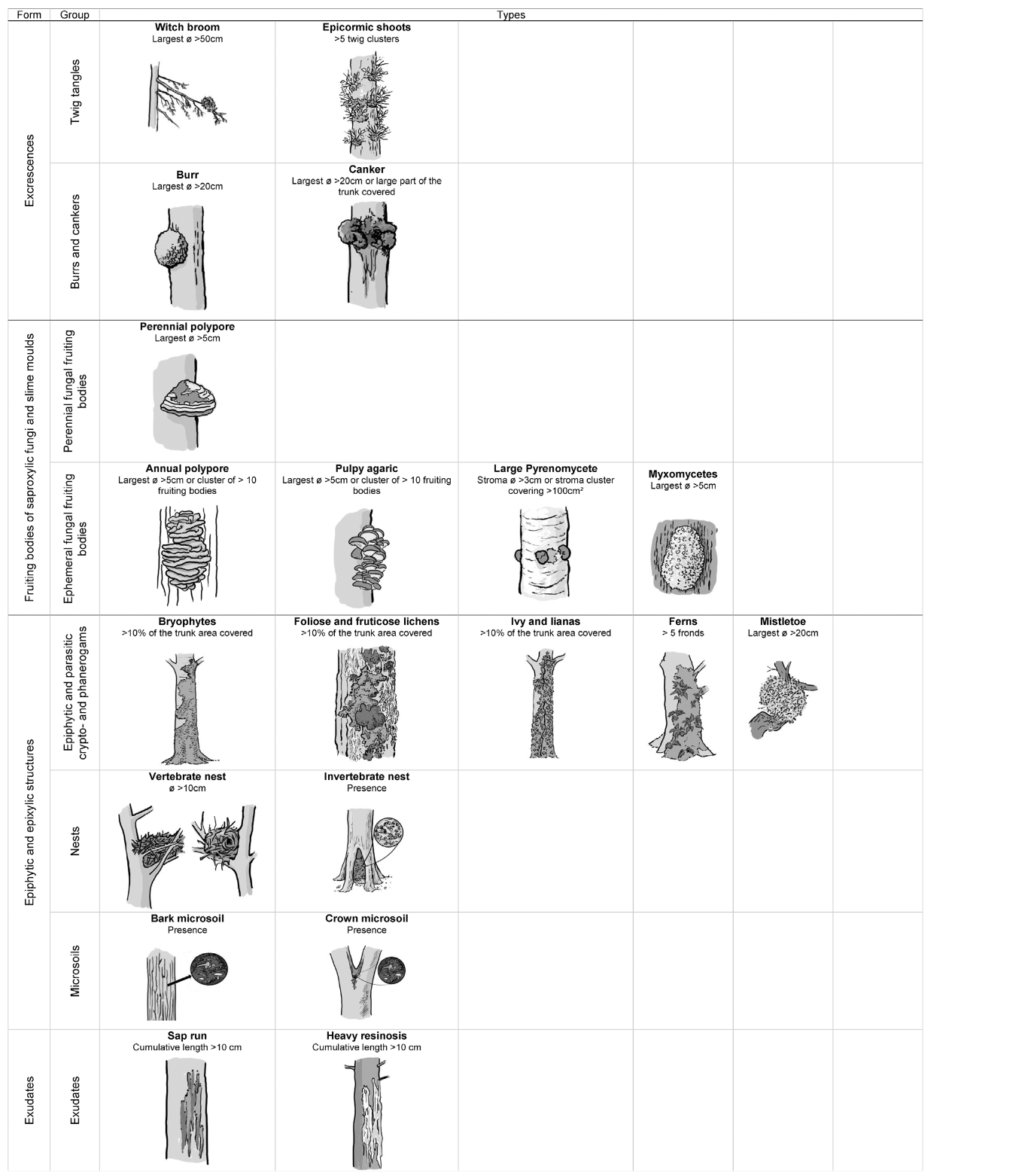Habitat
Definition
The notion of habitat sits within a hierarchy of concepts. This, however, is a convenience. The better way to think is from processes that have patterns as there is no any real boundary between rocks, water, sky and living beings, for examples.
A habitat is always an environment, but an environment is not always a habitat.
Definition: A habitat is the location where an organism or a community lives. A habitat includes all living and nonliving characteristics. Almost every location on Earth is a habitat for some beings. Many beings can and do live in one habitat.
Resources, physical and biotic factors that support the survival and reproduction of a species. (so, does habitat always apply to a collective?)
A species habitat is the physical manifestation of its Niche. Niche is how an organism makes a living in a place. Niche is the role of an organism within its ecosystem.
A home - in application to animals - is a place within a habitat where an animal can protect itself and its family from the weather and predators. Examples: hollows, nests, burrows, etc.
Types
Habitat types are groups of characteristics that are compatible with multiple species.
The habitat of a species can be within a stem, a rotten log, a rock or a clump of moss; a parasitic organism has as its habitat the body of its host, part of the host's body (such as the digestive tract), or a single cell within the host's body.
Whale lice and worms. Animals like whales and in fact all animals serve as habitats to others.
Some of these are no longer separable, as in the case of mitochondria.
Background
Habitat is a concept discussed in ecology.
Urban Ecology
Douglas, Ian, ed. Handbook of Urban Ecology. London: Routledge, 2011.
Douglas, Ian, and Philip James. Urban Ecology: An Introduction. London: Routledge, 2015.
Hagan, Susannah. Ecological Urbanism: The Nature of the City. Abingdon: Routledge, 2015.
Jon, Ihnji. Cities in the Anthropocene: New Ecology and Urban Politics. London: Pluto Press, 2021.
Litfin, Karen T. Ecovillages: Lessons for Sustainable Community. Cambridge: Polity, 2014.
Özkan, Derya, and Güldem Baykal Büyüksarac, eds. Commoning the City: Empirical Perspectives on Urban Ecology, Economics and Ethics. Space, Materiality and the Normative. Abingdon: Routledge, 2020.
Pedersen Zari, Maibritt. Regenerative Urban Design and Ecosystem Biomimicry. Routledge Research in Sustainable Urbanism. London: Routledge, 2018.
Register, Richard. EcoCities: Rebuilding Cities in Balance with Nature. Revised. Gabriola: New Society Publishers, 2006.
Verma, Pramit, and Pardeep Singh, eds. Urban Ecology: Emerging Patterns and Social-Ecological Systems. Cambridge: Elsevier, 2020.
Habitat Structure
For an overview on habitat structure and ideas, see:
Bell, Susan S., Earl D. McCoy, and Henry R. Mushinsky, eds. Habitat Structure: The Physical Arrangement of Objects in Space. Dordrecht: Springer, 1991.
Microhabitat
A small, localized habitat within a larger ecosystem that is distinct in some way from its surroundings. Provides conditions that can sustain a limited range of organisms.
Examples:
- a decomposing log in a forest
- clump of grass
- space between rocks
- a corner of a cardboard box
- the fuzz on a carpet
“a distinct, well delineated structure occurring on living or standing dead trees that constitutes a particular and essential substrate or life site for species or species communities during at least a part of their life cycle to develop, feed, shelter or breed”
Larrieu, Laurent, Yoan Paillet, Susanne Winter, Rita Bütler, Daniel Kraus, Frank Krumm, Thibault Lachat, Alexa K. Michel, Baptiste Regnery, and Kris Vandekerkhove. ‘Tree Related Microhabitats in Temperate and Mediterranean European Forests: A Hierarchical Typology for Inventory Standardization’. Ecological Indicators 84 (2018): 194–207. https://doi.org/10/gfdb72.


A parallel concept is 'small natural features' (SNF) (these are from a special issue)
Hunter, Malcolm L. “Conserving Small Natural Features with Large Ecological Roles: An Introduction and Definition.” Biological Conservation, 211 (2017): 1–2. https://doi.org/10/gpwrgk.
Hunter, Malcolm L., Vicenç Acuña, Dana Marie Bauer, Kathleen P. Bell, Aram J. K. Calhoun, María R. Felipe-Lucia, James A. Fitzsimons, et al. “Conserving Small Natural Features with Large Ecological Roles: A Synthetic Overview.” Biological Conservation, 211 (2017): 88–95. https://doi.org/10/gbn3c2.
Lindenmayer, David B. “Conserving Large Old Trees as Small Natural Features.” Biological Conservation, 211, no. B (2017): 51–59. https://doi.org/10/gbn34v.
Backlinks